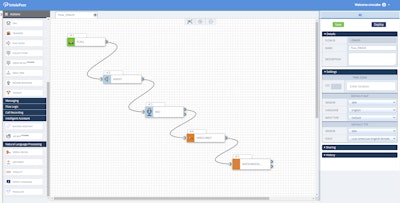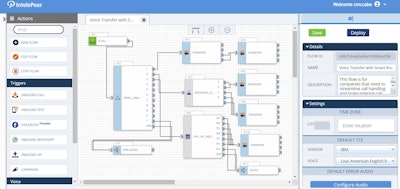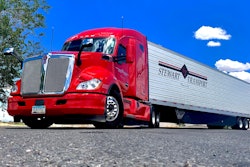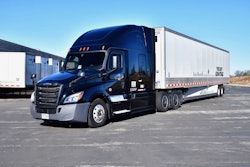
When calling transportation companies, drivers, shippers and other parties are often greeted by a voice assistant and a menu of choices. The caller experience can seem like being a contestant on the Price Is Right.
Choosing a menu option, such as “one for dispatch” or “two for payroll” is like dropping a chip into the oversized Plinko board on a game show. The caller gets bounced around a few times before being connected to the right or wrong person.
Some transportation companies have been giving their callers a different, more positive type of experience.
CCJ recently shared how ShipEX, a Salt Lake City, Utah-based truckload carrier, uses a call center platform with voice intelligence to monitor key words in phone conversations with drivers and customers. The platform identifies sentiment — such as a driver who is upset with home time — and instantly alerts managers to intervene, where necessary.
[Related: Truckload fleet ShipEX has a voice intelligence advantage]
For many years, large corporations in hospitality, banking and other industries have been using interactive voice response technology. New advancements have taken natural language processing to a higher level by combining it with artificial intelligence (AI) in scalable cloud-based platforms.
With this technology, motor carriers are giving their callers a familiar, interactive experience. Instead of asking callers to press buttons, they can use a conversational style.
 Interactive voice response systems, such as IntelePeer, combine natural language processing with artificial intelligence.
Interactive voice response systems, such as IntelePeer, combine natural language processing with artificial intelligence.
The IntelePeer platform has templates that fleets can use to get started without having to make large capital investments, Greene said.
One of IntelePeer’s customers, a major trucking company, is using the technology to streamline interactions with drivers. Greene said that drivers can describe a challenge they are having, such as a breakdown or needing help with route planning. The voice assistant is set up to answer some questions automatically, like a driver who asks what the weather is going to be at the destination of a load.
For more complicated items, the voice assistant goes through an interview process with the driver or customer.
One of the questions asked of drivers is for a name and driver number. The driver provides the information by voice and the system asks a couple of follow-up questions to ensure the call is routed to the right person. If the system does not understand something it will read the answer or response back to the caller or, as a fallback, route the caller to a live agent, Greene said.
The system reduces the amount of time employees spend interacting with drivers because some of the information a live person needs to ask, such as for a driver number, has already been captured. Also, when the driver is connected to an agent, the driver’s information—such as a payroll question the driver is calling about—is already on the agent’s screen.
Voice intelligence improves caller satisfaction, Greene said, by routing the caller to the best possible agent to address their needs. When a large shipper customer calls, for example, the system can detect the number. If the caller is a VIP customer, the call can be routed to a top-tier agent.
IntelePeer’s system can also detect the sentiment of the caller based on keywords and use this information to make a better routing decision. A driver who is upset may need special treatment.
To set up the automated system, Greene said companies will first build out a storyboard of how they want people to move through a workflow. Training phrases are set up in the storyboard to help “bots” know what to look for, and the key words and phrases can expand as companies build out the interaction in a process he calls “supervised learning.”
“Most customers expose [the system] to a smaller group and gradually expand over time,” he said.
Using new advancements in voice intelligence technology is one of many ways that motor carriers and logistics providers are distinguishing themselves among drivers and shippers in a crowded field.











